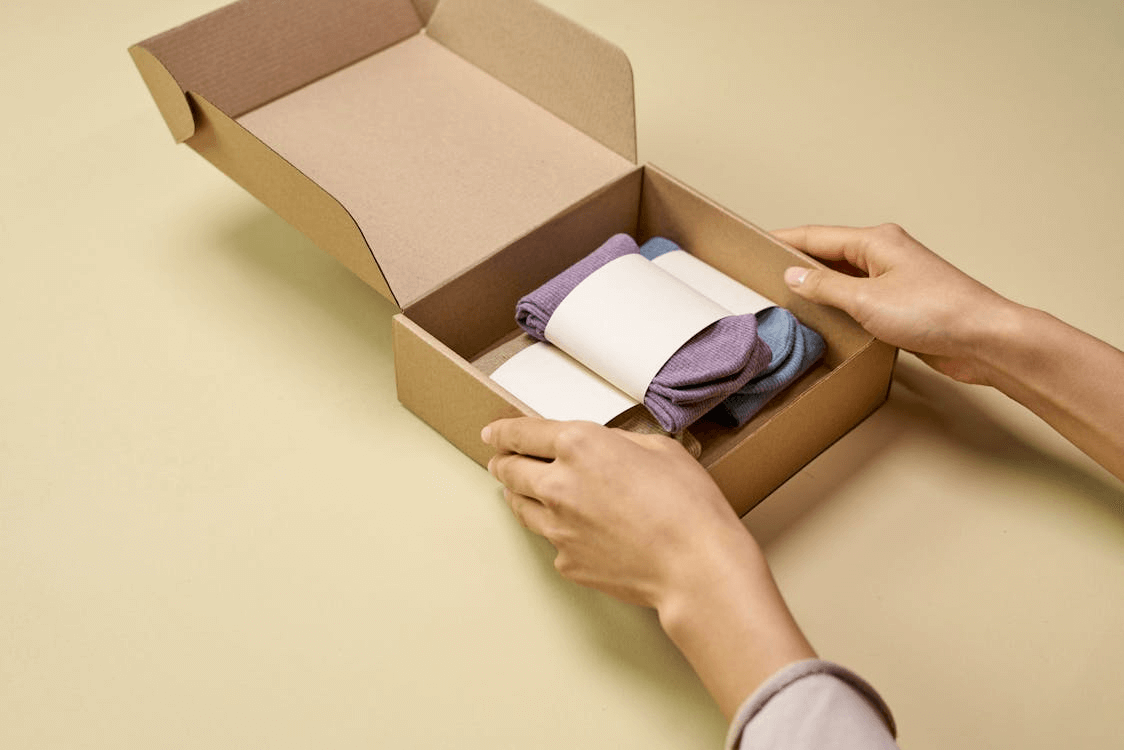Shipping a parcel internationally is always exciting — it’s a small bridge between two countries, two people, or two businesses. When you decide to send parcel from the US to Germany, understanding customs rules and documentation is essential. Germany has one of the most efficient customs systems in Europe, but it’s also one of the most detailed. Knowing what paperwork to complete and how to prepare your shipment can help you avoid unnecessary costs, delays, or even confiscation of goods.
Whether you are sending a single gift to family or shipping goods for your business, taking the time to prepare your parcel properly ensures it reaches its destination smoothly. A few extra minutes spent learning about customs regulations will save you days — and possibly extra expenses — once your parcel arrives in Germany.
Essential paperwork and rules to remember
When shipping to Germany, paperwork plays a critical role. Customs authorities use your documents to identify what you’re sending, where it’s from, and how much it’s worth. If the information is incomplete or inaccurate, customs officials can delay your shipment, charge additional duties, or return your parcel to the sender.
Here are the most important documents and considerations to prepare before shipping:
- Customs declaration form — this document lists every item in your parcel, including the quantity, weight, and total value. It helps customs officers verify what’s inside and determine taxes or import duties.
- Invoice for commercial shipments — for business senders, an invoice must be included to show transaction details, item prices, and the recipient’s information. It’s essential for transparency and accurate tax calculation.
- Certificate of origin — some goods require this document to confirm where they were manufactured. This is especially important for items subject to trade agreements or specific import rules.
- Detailed item descriptions — avoid generic words like “gift” or “sample.” Instead, describe your items precisely, such as “leather handbag,” “children’s books,” or “stainless steel kitchen tools.”
- HS code classification — each product category has a Harmonized System (HS) code that determines the exact customs duty rate. Including the right code helps prevent disputes and delays.
- Prohibited and restricted items list — always check which goods cannot be shipped to Germany. These lists are regularly updated and can differ slightly depending on the shipping carrier.
Before sealing your package, review your paperwork for accuracy. A small mistake in value, description, or quantity can cause complications during inspection. Customs officers appreciate clear and honest declarations, and well-prepared documentation always speeds up the process.
Proper preparation also includes packaging. Use sturdy boxes, strong tape, and adequate cushioning, especially if you’re sending fragile or valuable goods. The physical condition of your parcel matters just as much as the paperwork.
Taxes, duties, and restricted goods
Once your parcel arrives in Germany, customs authorities determine if import taxes or duties apply. Understanding how these charges work will help you and your recipient avoid unpleasant surprises.
Germany applies Value-Added Tax (VAT) on imported goods. The standard VAT rate is 19 percent, while a reduced rate of 7 percent applies to specific products like books, magazines, or food. The tax is calculated based on the total value of the shipment, including the cost of the goods, shipping, and insurance.
In addition to VAT, customs duties may apply depending on the type of goods. The amount is determined using the Harmonized System (HS) code. For example, clothing, electronics, or food products may each have a different duty rate. This classification ensures fair and consistent taxation across international borders.
It’s important to remember that the recipient in Germany is usually responsible for paying taxes and duties before receiving the parcel. Informing them in advance prevents confusion and ensures quick delivery once the package reaches customs.
Preparing your shipment correctly
Preparation doesn’t end with paperwork. The way you package and label your shipment can make a significant difference in how smoothly it travels. International parcels pass through multiple checkpoints, handling centers, and modes of transport, so proper packing helps protect both the contents and your reputation as a sender.
Start with a strong, double-walled box for heavier items or fragile goods. Fill empty spaces with soft materials like paper, foam, or air cushions to prevent items from shifting. Seal every edge securely and label your box clearly with both sender and recipient details.
Always include a duplicate address label inside the parcel in case the outer label is damaged. Mark the package as “fragile” or “handle with care” if necessary, but remember that these markings are not a guarantee — good packing is your best protection.
For businesses sending products regularly, organizing your documentation and packaging standards saves a lot of time. Keeping a template for invoices, HS codes, and product descriptions can simplify future shipments.
Finally, stay updated. Customs regulations and duty rates can change, especially with new trade agreements or product rules. Checking official sources or consulting your courier ensures you’re always compliant with the latest standards.
Making international delivery easy with Meest-America
Shipping to Germany might sound complex, but with the right partner, it becomes an effortless experience. Meest-America specializes in international parcel delivery from the United States to Europe, providing dependable and transparent services tailored to both individuals and businesses.
Meest-America’s process is built around reliability and customer care. From the moment you prepare your parcel, their experts handle it with precision and ensure that all customs requirements are met. They verify that documentation is accurate, packaging meets international standards, and restricted items are properly identified before shipment.
Customers who choose Meest-America benefit from a seamless experience: clear shipping rates, easy tracking, and professional handling at every stage. Whether you’re sending a birthday gift, business samples, or household goods, you can rely on Meest-America to treat each parcel with care and respect.
Bringing people closer through every delivery
Another advantage of working with Meest-America is its focus on transparency. You’ll know exactly what’s included in your shipping cost, and there are no hidden fees or confusing terms. Their knowledgeable support team is always ready to answer questions about customs paperwork, duty rates, or delivery timelines.
Beyond logistics, Meest-America understands what shipping really means: keeping people connected across borders. Each parcel represents more than just goods, it carries emotion, care, and trust. That’s why the company approaches every shipment as if it were its own, ensuring it reaches its German destination safely and on time.
So, the next time you prepare to send a parcel overseas, take the stress out of customs and let Meest-America handle the details. With their expertise and dedication, sending parcels from the United States to Germany becomes not just possible but truly simple.

Chase Ortiz is part of the team at PaigeSimple, where he takes care of all the advertising requests. With a sharp eye for detail, Chase makes sure every advertising opportunity is handled smoothly, helping the site grow and reach more people. His ability to manage these tasks efficiently makes him an important part of the team.

